Overview Of This ATmega328P TQFP Surface Mount Microcontroller IC
The ATmega32P is a high-performance, low-power 8-bit microcontroller based on the AVR enhanced RISC (Reduced Instruction Set Computing) architecture. It features 32 kilobytes of flash memory for program storage, 2 kilobytes of SRAM for data storage, and 1 kilobyte of EEPROM for non-volatile storage. The “P” in its name typically denotes the presence of a Parallel Programming interface.
Applications:
The ATmega32P microcontroller is widely used in various embedded systems and electronic devices including:
- Industrial automation
- Consumer electronics
- Automotive applications
- Home automation
- Internet of Things (IoT) devices
- Robotics
- DIY electronics projects
Development:
Microchip provides a comprehensive set of development tools and software libraries for programming and debugging ATmega32P-based applications. These include Atmel Studio IDE, AVR-GCC compiler, AVR-Libc C library, and AVRDUDE for programming the microcontroller.
Specification
| Specification | Details |
|---|---|
| Manufacturer Part Number | ATmega328P |
| Package Type | TQFP (Thin Quad Flat Package) |
| Technology | CMOS |
| Flash Memory | 32 KB |
| SRAM | 2 KB |
| EEPROM | 1 KB |
| Operating Voltage | 1.8V – 5.5V |
| Operating Temperature Range | -40°C to +85°C |
| Clock Speed | Up to 20 MHz |
| Digital I/O Pins | 23 |
| Analog Input Pins | 6 |
| PWM Channels | 6 |
| Serial Communication | UART, SPI, I2C, USART |
| Timers | 3 (16-bit) |
| ADC Resolution | 10-bit |
| GPIO Voltage Levels | 5V, 3.3V (selectable) |
| Packaging | Tape and Reel (TR), Tray (T), Cut Tape (CT) |
Features
- Architecture: The ATmega328P is based on the AVR (Advanced Virtual RISC) architecture, featuring a modified Harvard architecture.
- Memory: It has 32 KB of Flash program memory for storing the user’s code. Additionally, it has 2 KB of SRAM (Static Random Access Memory) and 1 KB of EEPROM (Electrically Erasable Programmable Read-Only Memory) for storing data and non-volatile parameters.
- Clock Speed: The ATmega328P can operate at speeds up to 20 MHz, providing significant processing power for a wide range of applications.
- I/O Ports: It offers a total of 23 General Purpose I/O (GPIO) pins, which can be used for various digital input/output tasks and can also support analog inputs through the ADC (Analog-to-Digital Converter) pins.
- Analog-to-Digital Converter (ADC): The ATmega328P features a 10-bit ADC with eight analog input channels, allowing it to convert analog signals into digital values for processing.
- Timers/Counters: It includes three timers/counters, each with different operating modes, providing capabilities for timing, counting, and PWM (Pulse Width Modulation) generation.
- Communication Interfaces: The microcontroller supports several communication interfaces, including SPI (Serial Peripheral Interface), I2C (Inter-Integrated Circuit), and UART (Universal Asynchronous Receiver-Transmitter), enabling communication with other devices such as sensors, displays, and other microcontrollers.
- Power Management: The ATmega328P offers multiple sleep modes and power-saving features, allowing developers to optimize power consumption for battery-powered applications.
- Operating Voltage: It operates at a wide voltage range, typically from 1.8V to 5.5V, making it compatible with various power sources and voltage levels.
- Package: The TQFP (Thin Quad Flat Package) is a surface mount package with a thin profile, making it suitable for compact and space-constrained designs while still providing ease of assembly and soldering.
- Peripheral Features: The microcontroller includes various built-in peripherals such as USART (Universal Synchronous/Asynchronous Receiver/Transmitter), SPI (Serial Peripheral Interface), TWI (Two-Wire Interface), and more, enhancing its versatility for different applications.

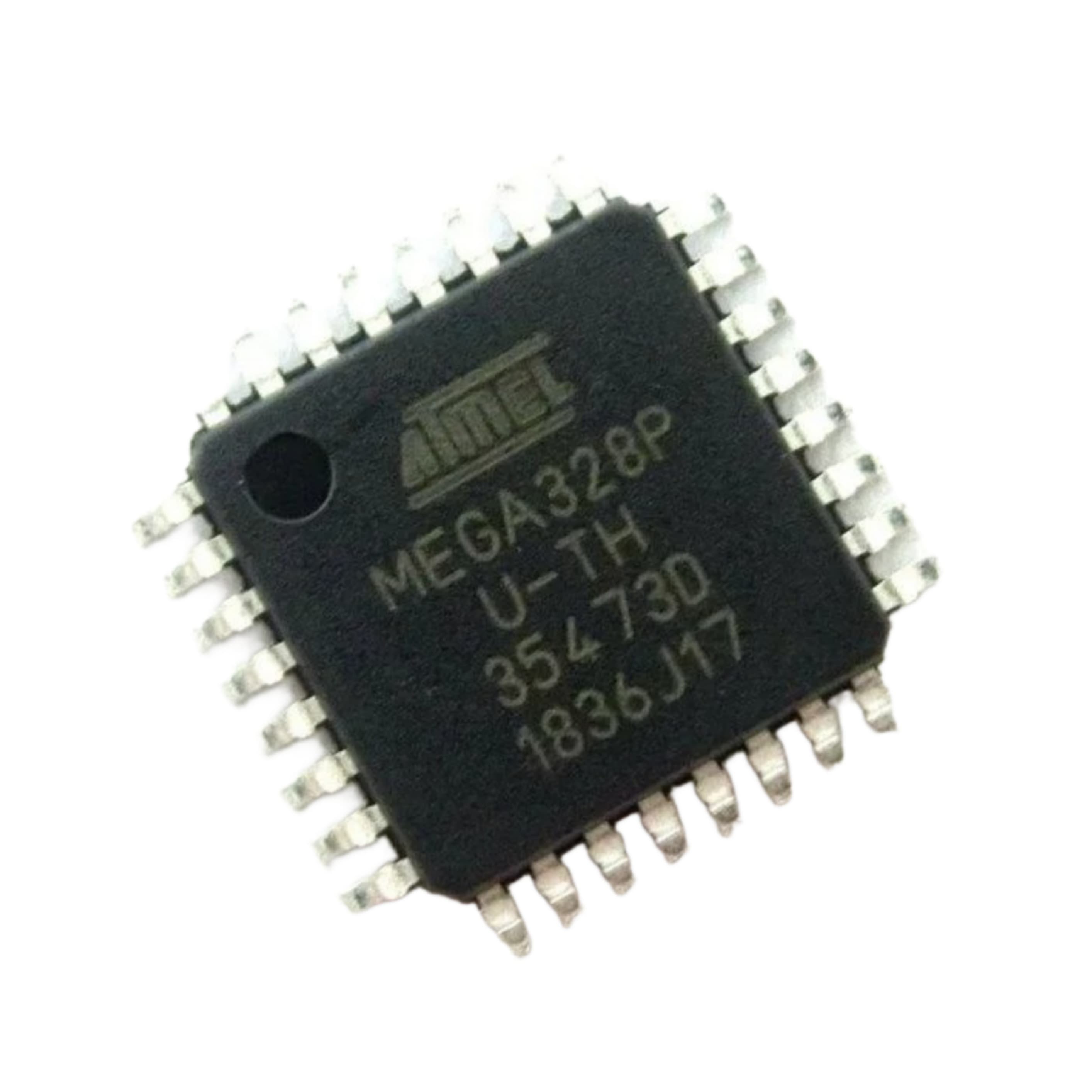
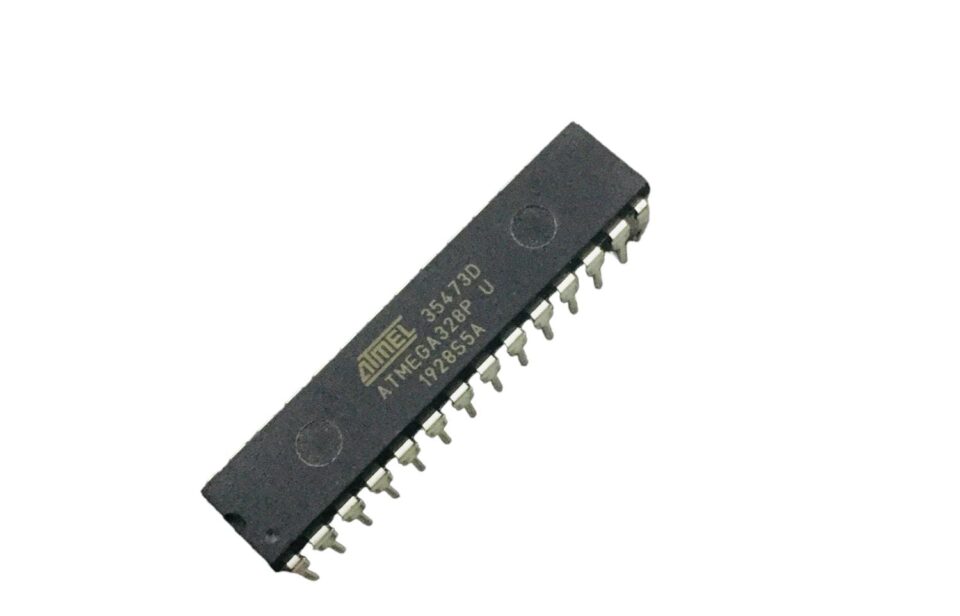
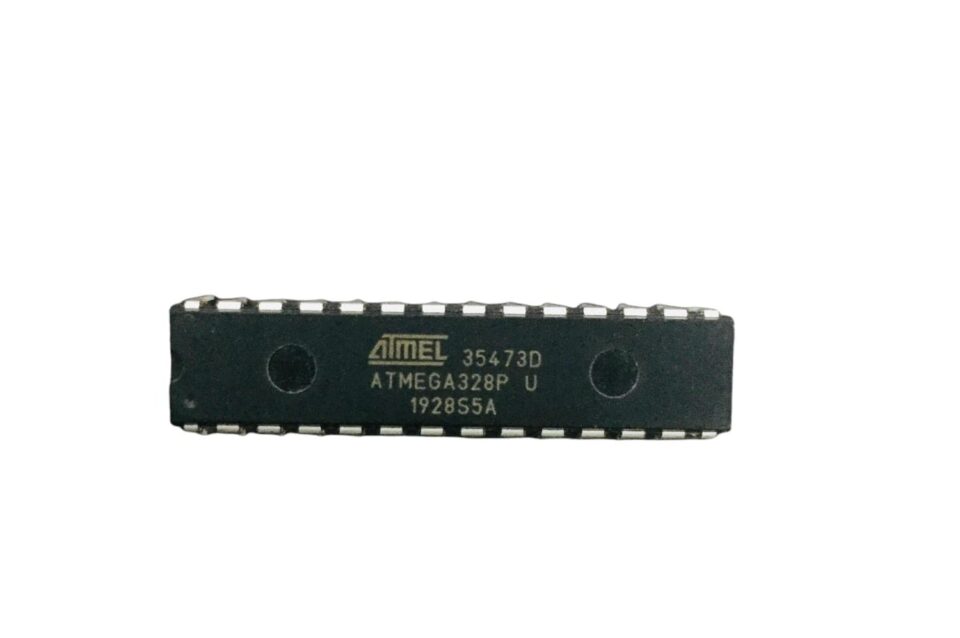
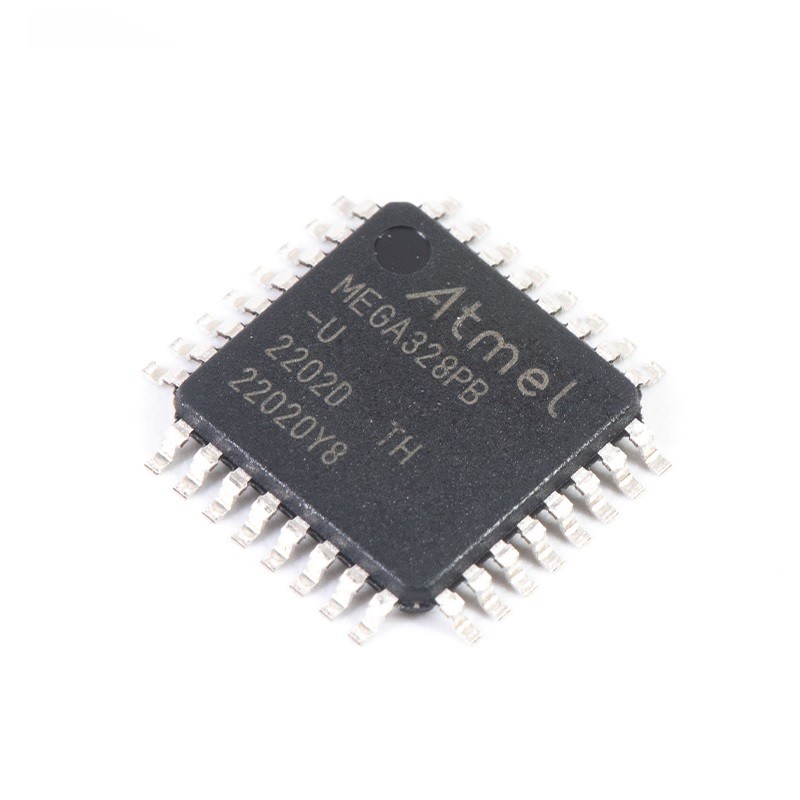
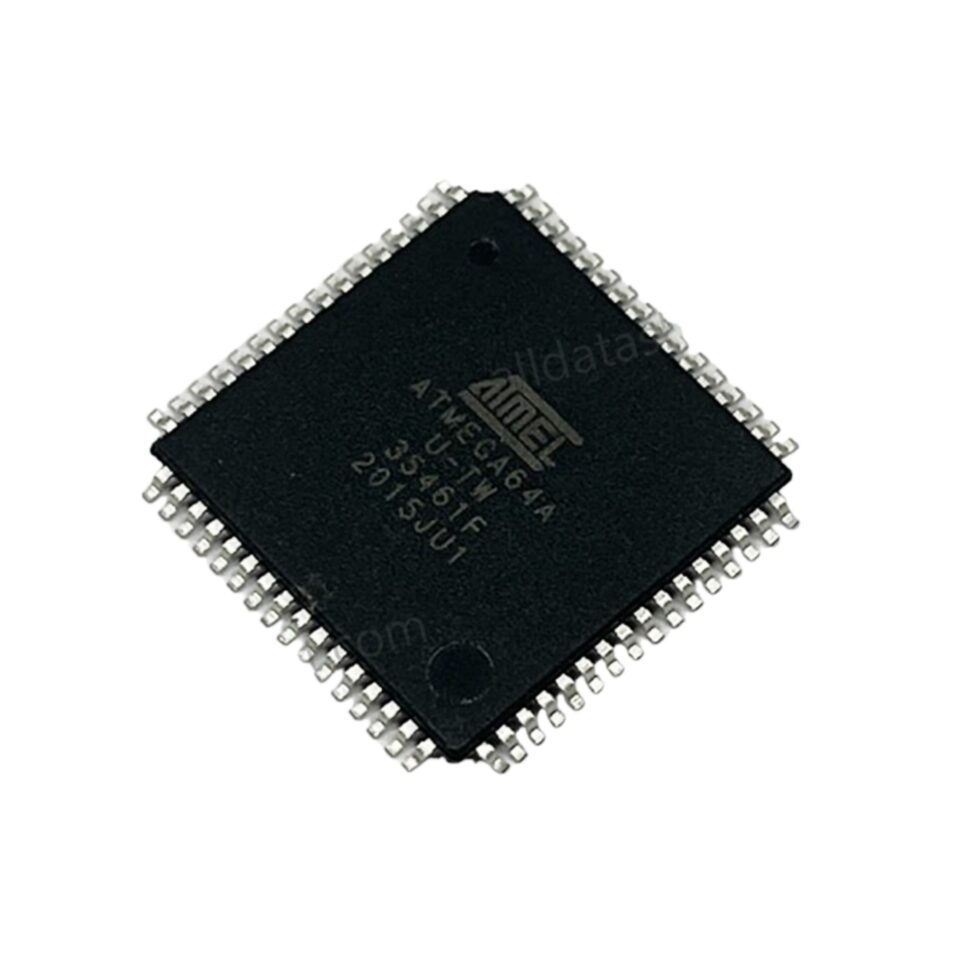
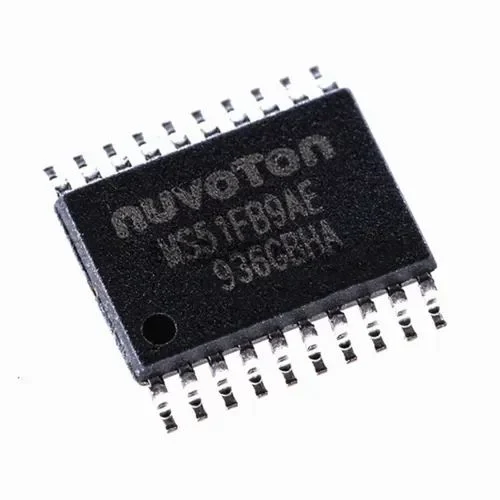
Reviews
There are no reviews yet.